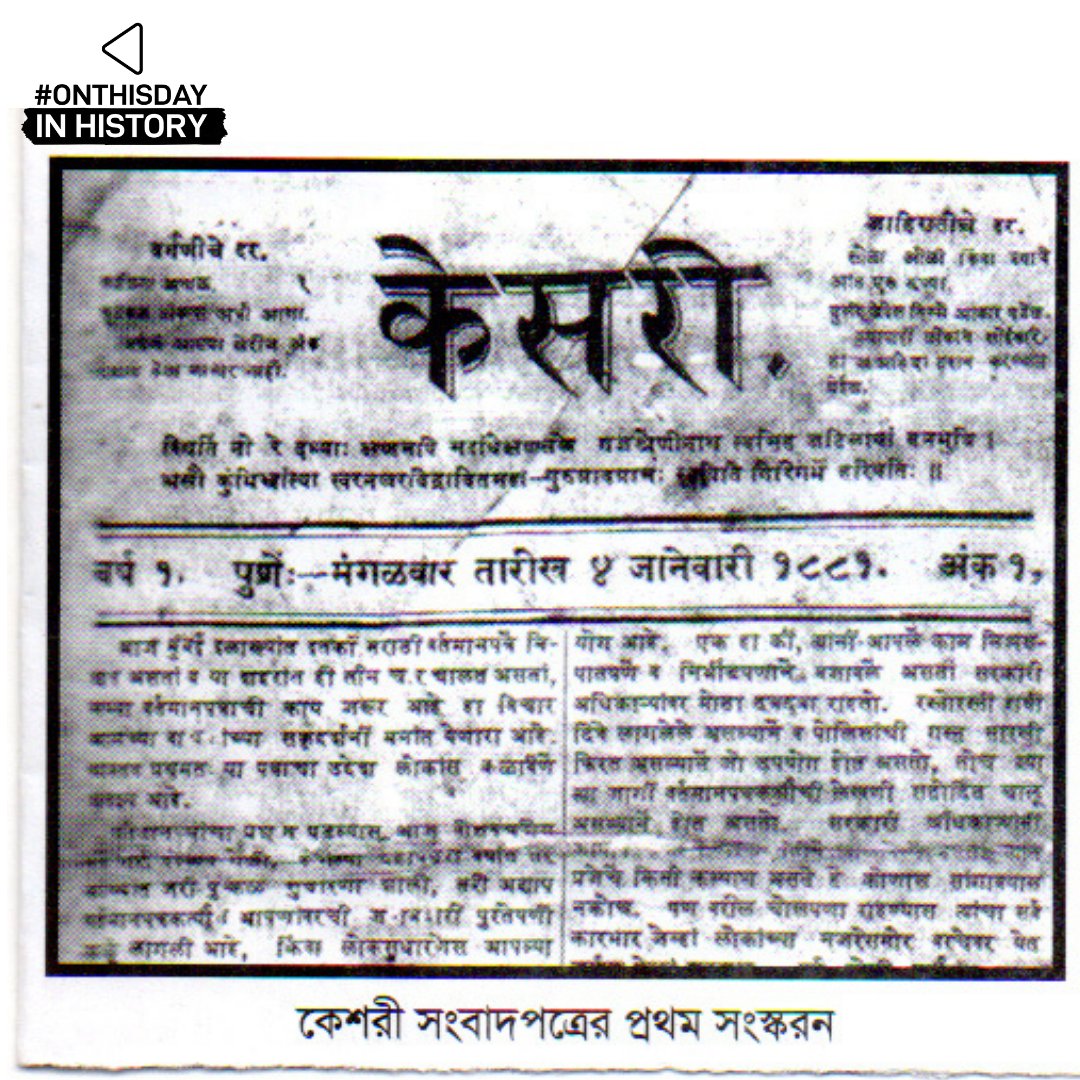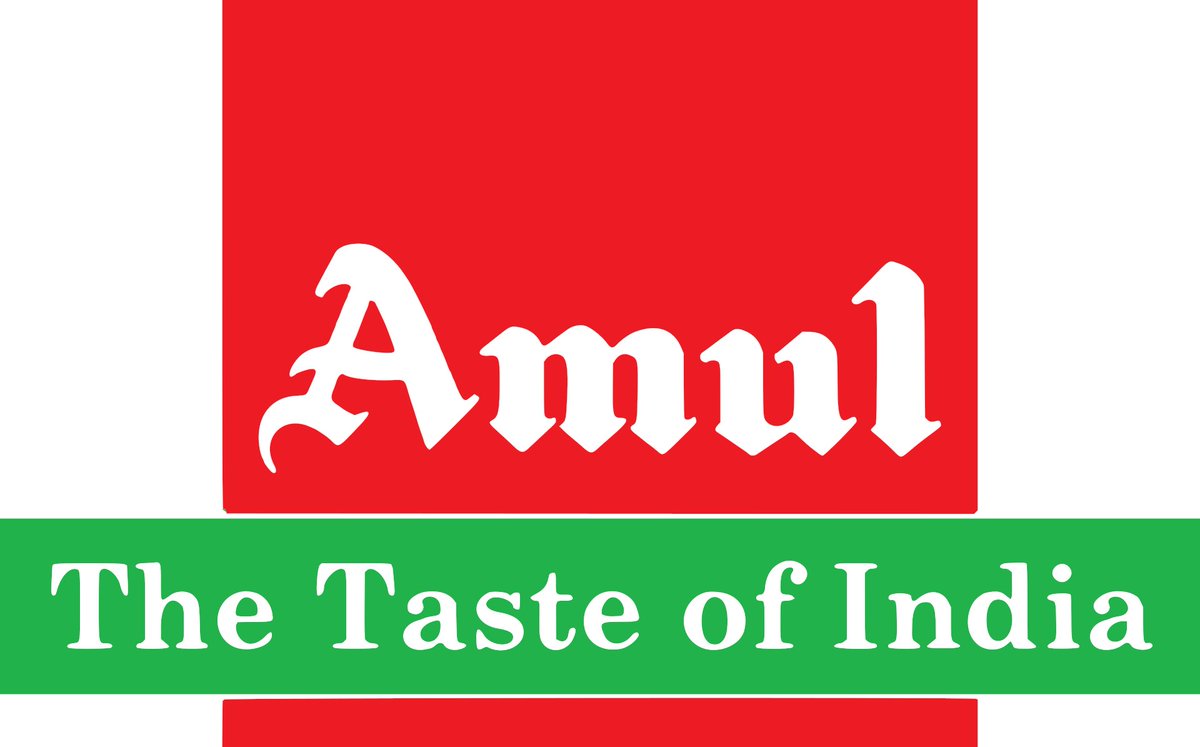
Pioneer of #Indiancinema, Dhundiraj Govind Phalke, famously known as #DadasahebPhalke, died #onthisday in 1944. He directed the first Indian feature film, #RajaHarishchandra in 1913.
1/4
1/4

Phalke directed 95 feature films and 26 short films in his 19-year career. Only one of his films, ‘Gangavataran’ (1937), was made with sound technology. The others were silent films.
2/4
2/4
Phalke’s achievements were in part due to his wife, Saraswatibai. She was his film editor and production manager. She sold her jewellery so that he could buy a camera and travel to London to learn filmmaking. Read more:
bit.ly/3BqziYL
3/4
bit.ly/3BqziYL
3/4
Marathi film ‘Harishchandrachi Factory’ (2009) focuses on Phalke's quest to make India’s first feature film, ‘Raja Harishchandra’. More about Phalke and his journey here:
bit.ly/3LwV1Tz
4/4
bit.ly/3LwV1Tz
4/4
• • •
Missing some Tweet in this thread? You can try to
force a refresh











